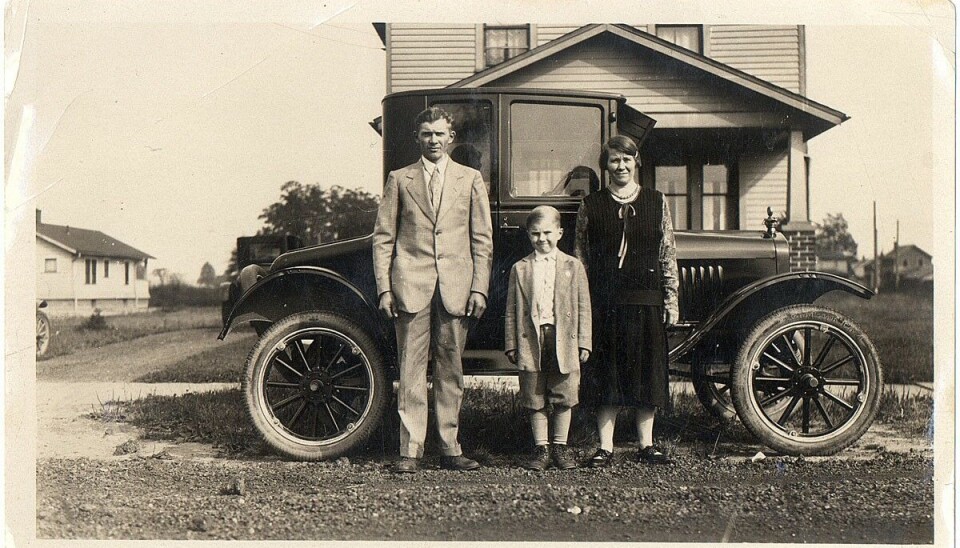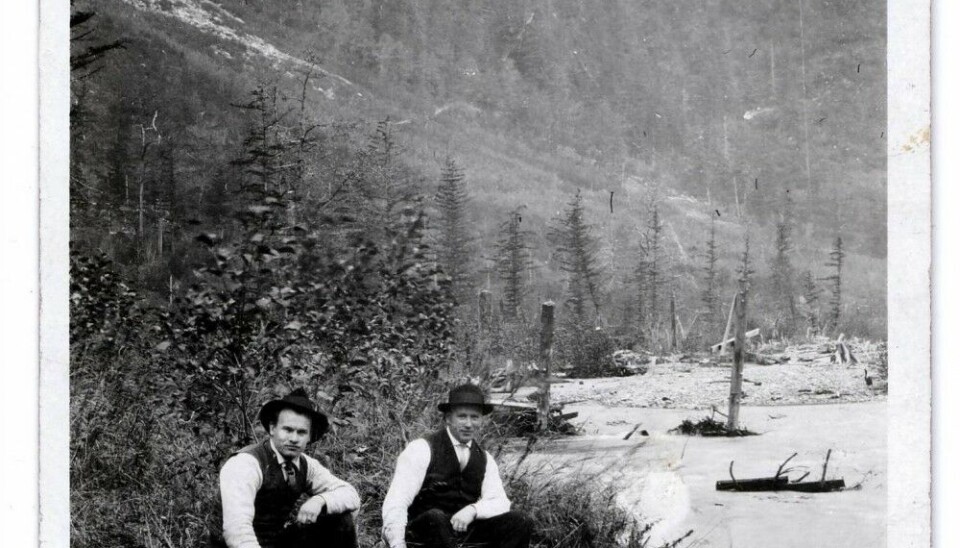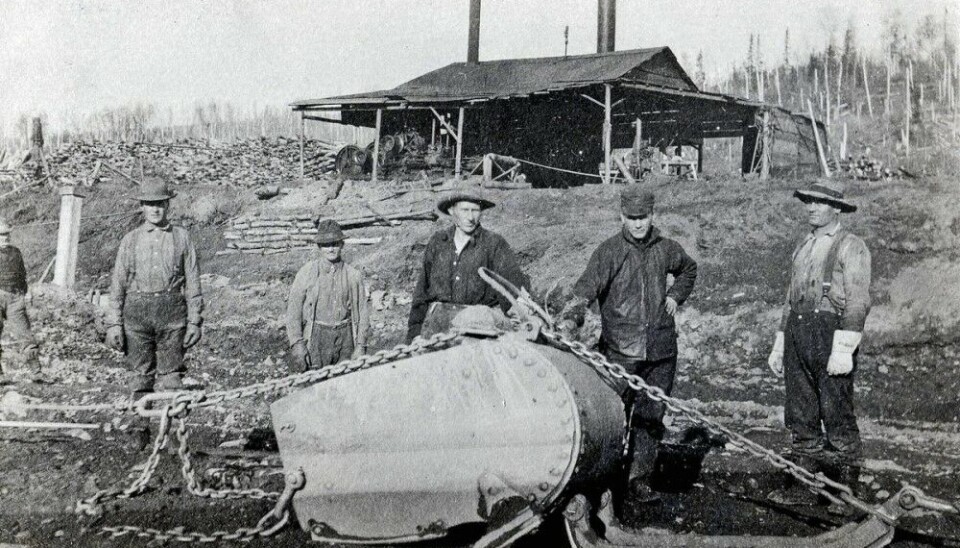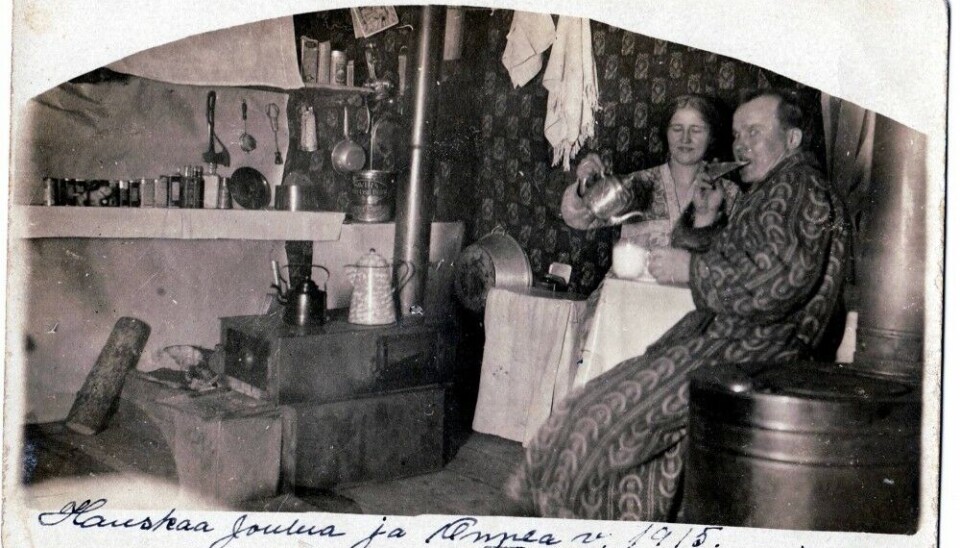
“They shot them in the head and threw them into dug-out pits”: The tragic story of American Finns who perished during Stalin's purges, and how history repeats itself in Russia today.
“Raise our daughter loyal to the cause of the working class”. These were the last words of the Finn Alexander Koskelainen to his wife, when on January 2, 1938, he was arrested by the Stalinist security service NKVD under charges of “agitation and propaganda”. On February 11, 1938, he was shot dead by a firing squad.
Alexander Koskelainen was one of the so-called American Finns who first emigrated from Finland to the USA, but then, influenced by Soviet propaganda, traveled back to the Soviet Union’s Karelia region to build a “bright future”.
The Barents Observer discussed the tragic fate of American Finns in the USSR with the great-grandson of Alexander Koskelainen, Petrozavodsk (capital of Karelia) resident Mihkel Alatalo. For many years he has been researching his family’s history, gathering evidence of the life and death of his ancestors. We also spoke with historian Irina Takala from Petrozavodsk, who has been studying the history of American Finns in the USSR for many years.
Mihkel, why did your Finnish great-grandfather decide to go to the Soviet Union, after he had already emigrated to the other side of the world to the USA?
Mihkel: My great-grandfather Alexander Koskelainen moved from Finland to Boston in 1910 when he was 21 years old. At that time there was unemployment and hunger in Finland.

Historian IRINA TAKALA:
At the end of the 19th and beginning of the 20th centuries, mass emigration from Northern Europe to America began. The United States had something to offer: free distribution of free land in the West seemed like a fairy tale to the hungry peasants of the Old World. The Gold Rush in California and Alaska gave hopes of quick and easy wealth. Overall, from 1880 to 1910, about 280 thousand people left Finland for America. According to census data in 1930, 320,500 Finns born in Finland and their children lived in the United States, and 43,600 in Canada in 1931.
Mihkel: In 1915, my great-grandfather Alexander was already living in Alaska and working in the gold mines, where he found himself in a very difficult situation.
“I didn’t succeed with work in the mine…” - he writes in 1915 in a letter to his relatives., - “They stopped paying me for work I was forced to do… The equipment and land remained pledged to the bank…. creditors are pressuring us. For a 10-hour working day I get 10 dollars… Plus I have to pay for debts… I’m going to travel to new mines, maybe I’ll be lucky there…”
But, apparently, he was never lucky. He travelled throughout the United States in search of work. Then the Great Depression in the USA began in the 1930s poverty and unemployment swept across America.
















